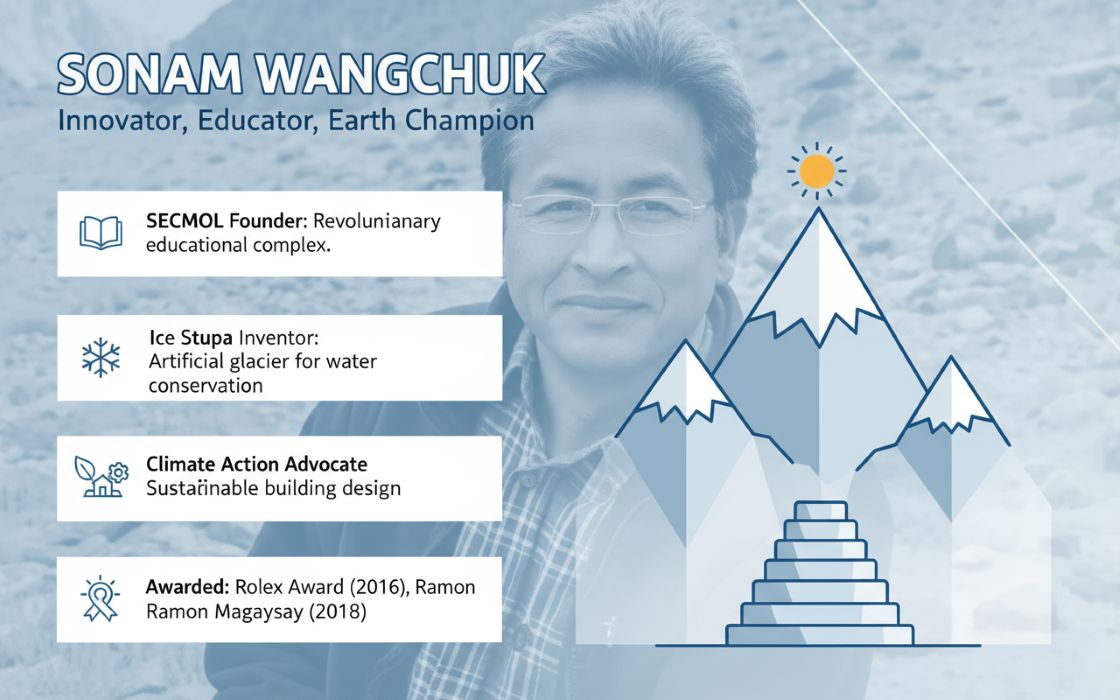New Delhi, July 02, 2025: In a strong affirmation of its commitment to climate action and sustainable development, the Inter-American Development Bank (IDB) has announced plans to increase its climate finance support to at least $11 billion by 2025. The move signals a major policy pivot toward accelerating green transitions across Latin America and the Caribbean, a region highly vulnerable to the adverse effects of climate change.
A Region Under Climate Siege
The announcement comes at a critical time, as Latin America and the Caribbean (LAC) face increasing climate-related risks—ranging from severe droughts and floods to biodiversity loss and food insecurity. With over 30% of the population living in high-risk areas and economic growth often tied to resource-intensive sectors, the region’s resilience hinges on rapid and inclusive green investment.
The IDB’s enhanced commitment is not only timely but also strategic. The $11 billion target represents a sharp increase in funding for climate mitigation and adaptation projects—supporting everything from renewable energy and sustainable agriculture to resilient infrastructure and nature-based solutions.
Building on Past Progress
According to IDB President Ilan Goldfajn, the institution has already doubled its climate finance efforts since 2019, and this new pledge reinforces its leadership in sustainable development finance. In 2023 alone, IDB Group approved more than $6.3 billion in climate-related financing, accounting for over 40% of total project approvals—a figure that already surpasses many multilateral peers.
The new goal of reaching $11 billion by 2025 not only scales ambition but also reflects an evolving approach that integrates climate into core development strategies, including health, education, transport, and urban planning.
Financing the Transition: Beyond Numbers
While the headline figure is impressive, what stands out is the IDB’s commitment to mobilizing additional private sector capital and co-financing. This approach reflects the growing consensus that public funding alone is insufficient to meet global climate goals.
Through blended finance tools, risk-sharing instruments, and public-private partnerships, the IDB aims to catalyze broader financial flows into sectors that are often underfunded but critical for climate resilience—such as clean water, waste management, and inclusive digital infrastructure.
Moreover, the bank is actively working to align all its operations with the Paris Agreement and plans to embed climate risk assessments across its project pipelines. This signals a shift from isolated green projects to a systemic, whole-of-bank transformation.
Implications for the Global South
For countries in the Global South—including India, which faces similar development challenges—IDB’s model offers useful lessons. It underscores the importance of institutional ambition, data-driven planning, and policy coherence in unlocking large-scale climate finance.
The emphasis on regional cooperation, just transitions, and climate adaptation mirrors the growing narrative across the Global South: that climate finance must be inclusive, equity-focused, and context-specific.
What This Means for the Global South—and India
The IDB’s ambitious $11 billion pledge offers more than just financial scale—it sets a precedent for how climate finance can be reimagined to drive inclusive, measurable, and systemic change across the Global South.
For India, which faces parallel development and climate challenges, there are five key takeaways:
1. Centering Vulnerable Communities
A strong climate finance strategy must prioritize those most affected—smallholder farmers, women-led microenterprises, Indigenous populations, and informal workers—who are often excluded from conventional financing mechanisms. Their inclusion is not just ethical but essential for true resilience.
2. Measuring What Matters
The value of climate finance lies not only in the billions pledged, but in the outcomes achieved. For public trust and private confidence, institutions must adopt robust, transparent impact metrics that track environmental benefits, social equity, and economic inclusion. The IDB’s move to embed climate risk across all projects could serve as a model.
3. Empowering Local Governance
Global experience shows that the success of climate projects improves dramatically when local governments, civil society organizations, and community networks are actively engaged in planning, execution, and monitoring. India’s CSR ecosystem can benefit by building stronger partnerships at the grassroots level.
4. Climate Justice and Just Transitions
As fossil-fuel-dependent economies shift toward renewables and circular models, climate finance must ensure that transitions are just—protecting jobs, addressing regional disparities, and respecting traditional livelihoods. India’s own green transition strategy can draw from this principle to avoid deepening social inequality.
5. Institutional Replication
Indian institutions such as NABARD, SIDBI, or even regional banks can explore adopting IDB’s model of integrating climate goals into core development strategies—using blended finance, risk-sharing tools, and public-private mechanisms to unlock larger flows of capital into sustainability.
Editorial Perspective: Rhetoric or Realism?
At TheCSRUniverse, we welcome the IDB’s pledge as a positive and necessary step in a global financial landscape where climate finance often falls short of commitments. However, the real test lies in execution—ensuring that funds translate into measurable climate impact, particularly for marginalized and climate-vulnerable communities.
The challenge will be to avoid climate finance being siloed into infrastructure or energy sectors alone. The success of this plan depends on its ability to support integrated, people-centric solutions that generate both environmental and social dividends.
Transparency, accountability, and community engagement must remain central to the IDB’s implementation strategy. Otherwise, the promised billions risk being absorbed in technocratic loops, distant from the realities on the ground.



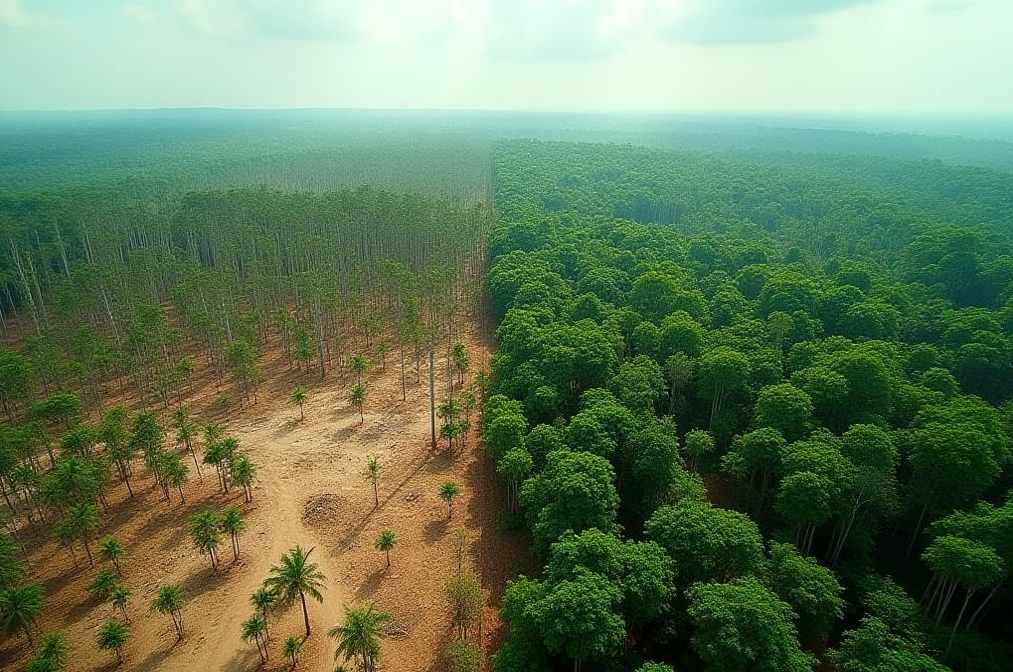

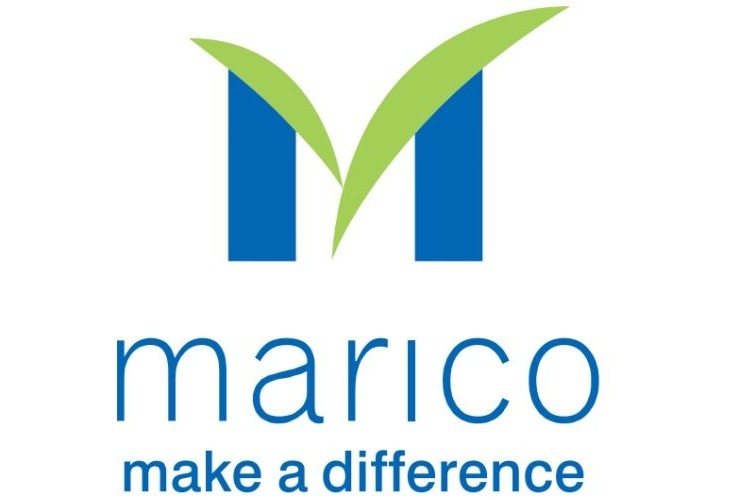
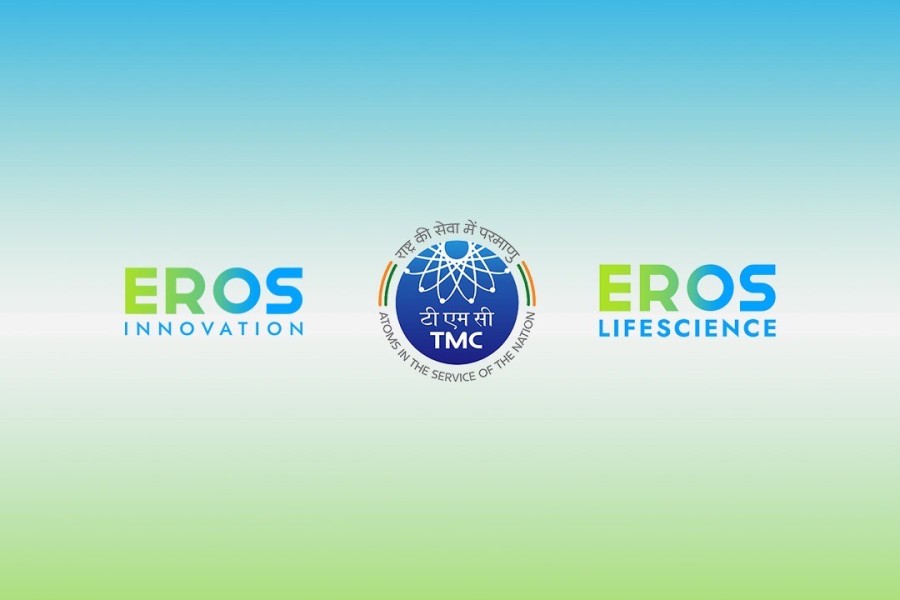
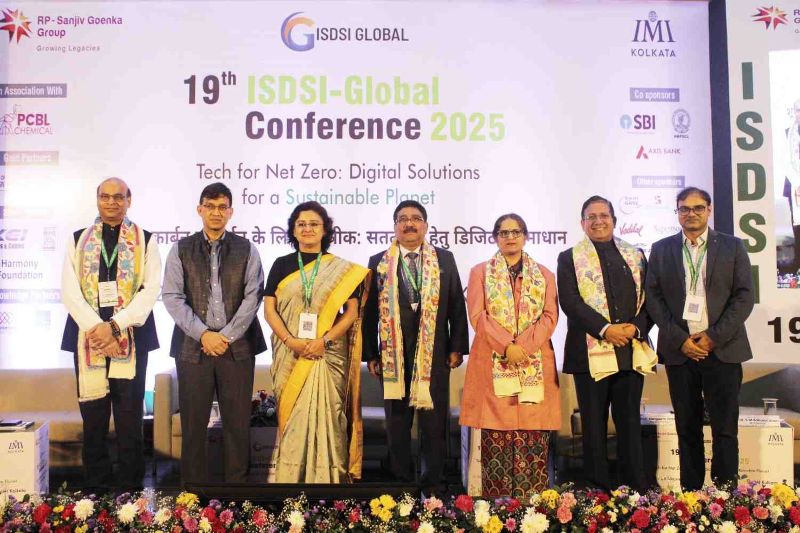
.jpg)
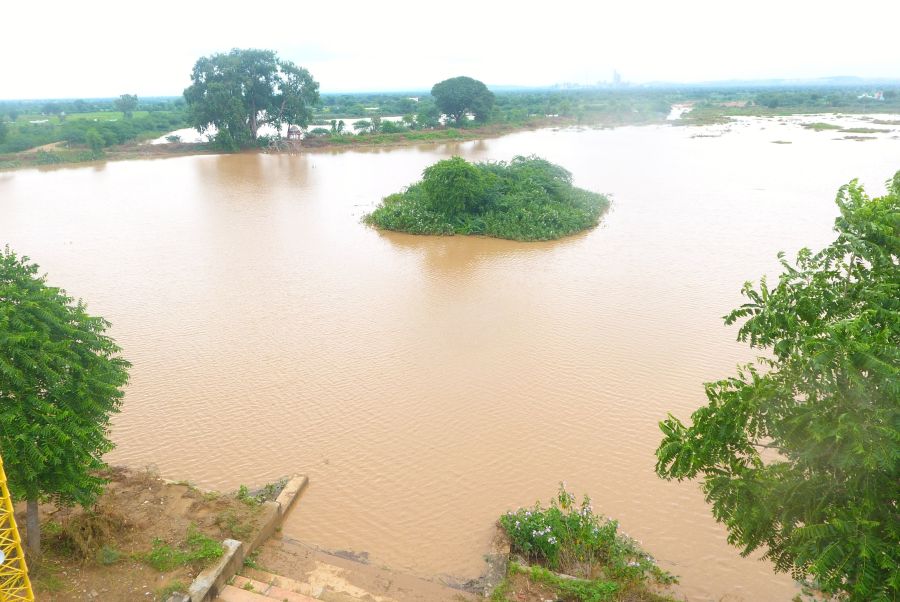






.jpg)

